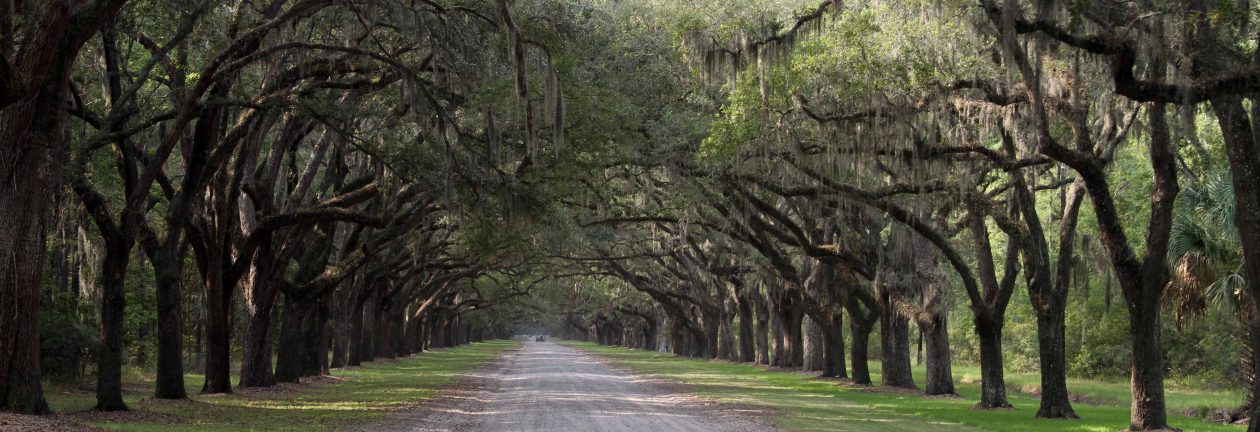Tai O, China
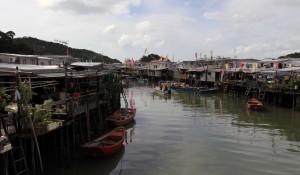
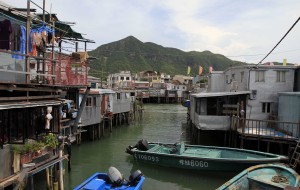
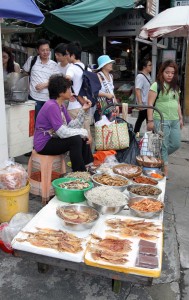
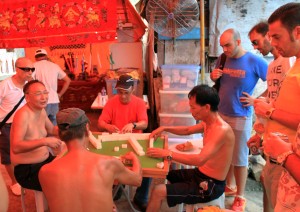
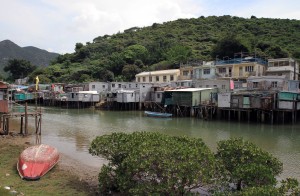
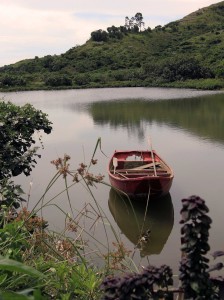
Today I decided to visit the small fishing village of Tai O. It’s a famous tourist draw located on the western side of Lantau Island, so I made for the subway, made it back to Tung Chung Station, but instead of taking the cable car again, I took a bus to directly to the village of Tai O. We drove through the mountainous terrain, past Hong Kong International Airport, past a freshwater reservoir, to the bus station located adjacent to the main pier at Tai O. We then disembarked the bus and I immediately started wandering through the winding alleyways and streets, taking in all the sights of this poor fishing village. The first thing you see upon entering the town are a lot of food stalls, most of which are selling fried or dried fish, prawns, squid, etc., as well as the famous locally-made shrimp paste (small shrimp are collected, dried out on mats, the shrimp ferment, then are ground up by feet, the paste is collected, bottled, and sold (though the fermentation and grinding process may be repeated a few times). Then further down the walkways, you come across a number of dwellings, residents playing cards or mahjong, and more food stalls and restaurants. Very shortly after entering the village you’ll reach the river that is split in to two – thus forming the island of Tai O -, at which point you’ll turn left or right, until you hit the water again, and so on. There is a main pathway that runs along the river, through the buildings that make up the town; mostly I stayed on this path, though when I saw something worth checking out, I walked through any of the many other paths in the village, most of which terminate at residences or boat docks.
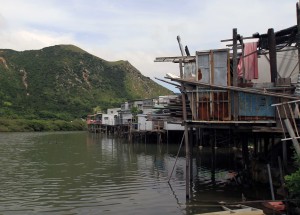
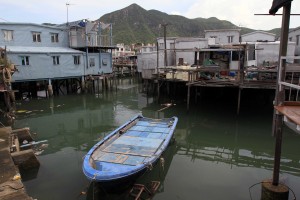
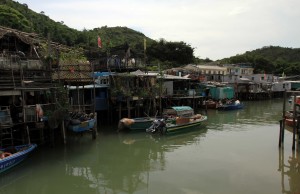
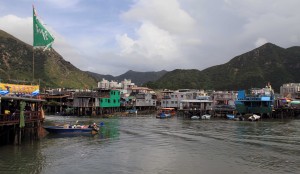
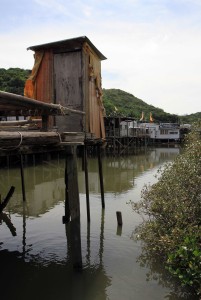
Many of their homes are on wooden stilts over the water ways and most of the homes are built of sheet metal. Somewhat jarring to my Western sensibilities, was the fact that the outhouses for these homes hovering over the water, were themselves hovering over the water (or in the best case scenarios, the shore right next to the water – under one outhouse, on the mud below, I saw ole Coke bottles, a used diaper, and a used tampon). I definitely did not want to fall in to the river and suddenly I no longer desired to eat the fish sold here; although, I’m sure the fish are most likely caught much further out at sea and, besides, they are all fried or cooked thoroughly anyway, but it didn’t matter, my appetite for solid food disappeared for the time being, so instead I had a Pocari Sweat (I’ve been living off this stuff during most of my travels) and a beer (as the journal entries attest to, I’ve been living off this stuff as well).
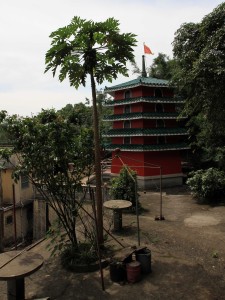
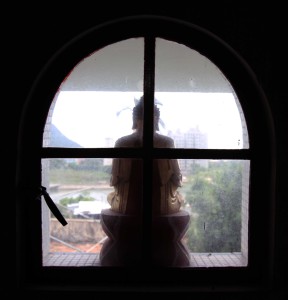
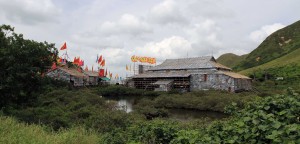
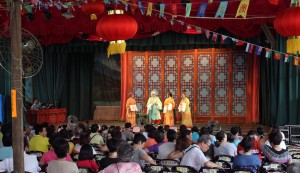
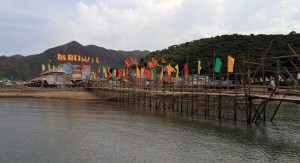
I walked by several temples during the day and many shrines, which can be found scattered all over the village, on the pathways or next to buildings. I also came across a large wood-beam and sheet-metal theater which had a performance of some Chinese Opera being conducted. I stood in the back of the room and watched for a little while, mostly enjoying the accompanying music being played just off the stage since I could not understand a word that was being spoken. Soon after witnessing a group of men playing mahjong, it quickly began to pour rain; luckily, all the storm showers I experienced in Hong Kong and Macau have been over with almost as suddenly as they had begun, so soon I was walking around the village again, relatively dry.
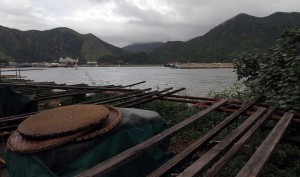
I then walked down toward another pier in the town where I saw all the mats, used for drying the shrimp out, stacked and stowed. There were also a lot of big blue plastic barrels that I believe are used to contain the shrimp paste and perhaps they were full of fermenting paste at the moment, though I couldn’t be sure. I then walked back to the village, walked across a couple of bridges, and visited a small museum before I was satisfied that I had seen everything there was to see in Tai O. I took the bus back to Tung Chung station and then took the subway to Mong Kok.
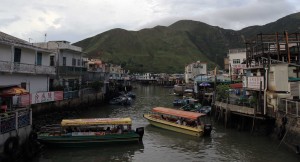
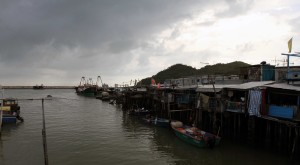
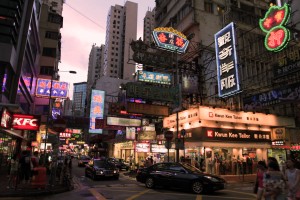
Mong Kok has one of the highest population densities in the world and is known as the busiest district in the world. It has many shopping malls and markets where you could buy pretty much anything you think you need. It is also notorious for being a den of organized crime and prostitution. After exiting the subway, I headed south, walking through various streets and past a public park that had several stalls along the sidewalk selling merchandise – quite a few of these stalls were selling every sex toy imaginable (no shame here). Also, a number of signs for massage parlors were advertising “Hong Kong style massages!” (no shame here either). I then walked down Temple Street, the infamous street full of brothels, but really it didn’t seem all that different than most streets in Hong Kong; maybe most of the brothels have moved since it gained it’s notoriety. Finally, I found a restaurant to try some more Chinese food; I had soup noodles with fish balls, satay pork cheek with rice, fried vermicelli with seafood in Singapore style (which apparently means curry), and a beer. I then made my way back to the hostel, through all the Indians trying to sell me drugs and fake watches, where I eventually found peace through slumber.
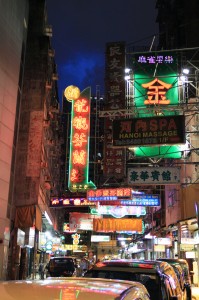
It is worth noting, that every July 1st, the anniversary of when Hong Kong was returned by Great Britain to China (though Hong Kong, as a Special Administrative Region, maintains their own courts, local government, and guaranteed freedom of expression for at least fifty years after the return (hate to be here in 2047) according to the stipulations set up between Hong Kong and the motherland), Hong Kong usually has pro-democracy and freedom protestors demonstrating in some way. I did not personally see any and the next day, via the local news, I found out why: all the pro-democracy rallies were evidently held on Hong Kong Island, mostly around the Central district; I passed through the Central and Hong Kong subway stations, but never emerged from underground to witness any brave freedom lovers.
